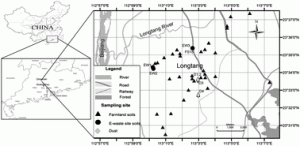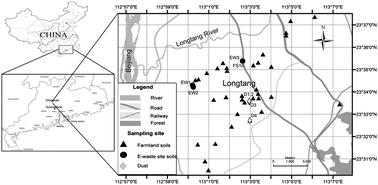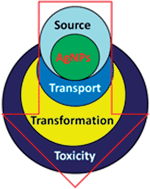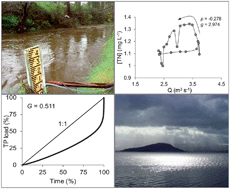 Determining the fate of compounds once they’re released into the environment is a complex issue. However such study is vital in order to assess the persistence of a compound as well as its bioavailability.
Determining the fate of compounds once they’re released into the environment is a complex issue. However such study is vital in order to assess the persistence of a compound as well as its bioavailability.
It is well-established that polyaromatic hydrocarbons (PAHs) bind to organic complexes through hydrophobic interactions and that this can occur within soils to matter such as humus and soot etc. So how does the presence of multi-walled carbon nanotubes (MWNTs) impact this? Particularly given they are organic particles with relatively high surface areas available for adsorption. Given the increasing interest in MWNTs there is now an elevated risk of ‘traditional’ organic pollution being released into an environment where MWNTs are already present, co-released with them or for MWNTs to be released onto existing polluted soil.
Li et al. used batch equilibrium experiments to assess the relationship between soil types, MWNTs and PAHs. The MWNTs used were 1-3 µm long, 11 nm diameter with relatively little bundling providing a high surface area. The group assessed three soil types: sand, sandy loam and silt loam with 2 mg g-1 of MWNTs. The compounds and concentrations of PAHs assessed were naphthalene 0.18–7.94 mg L-1, fluorine 0.16–1.62 mg L-1 and phenanthrene 0.1–0.91 mg L-1. Sorption tests (HPLC-fluorescence) were carried out after 5 days, at which point the aqueous solution was removed and replaced with fresh and left for 24hrs under the same conditions to assess desorption.
The results confirmed that the sorption of these compounds increased with increasing organic content of the soil. However, the presence of MWNTs did not appear to influence this adsorption, even at these relatively high concentrations of MWNTs. Desorption was minimal in all cases.
In addition, the group derived equations based on the ‘rule of mixtures’ capable of predicting the sorption coefficients of composite sorbents. They found good correlations between predicted and experimental data using these equations despite limitations of the model, such as assuming no void spaces.
This HOT article would be of interest to anyone carrying out batch equilibrium experiments, or is interested in the sorption of PAH and/or the fate of MWNTs. You can access it from the website for free for the next 4 weeks*!
Polyaromatic hydrocarbons (PAHs) sorption behavior unaffected by the presence of multi-walled carbon nanotubes (MWNTs) in a natural soil system.
Shibin Li, Todd A. Anderson, Micah J. Green, Jonathan D. Maul and Jaclyn E. Cañas-Carrell
DOI: 10.1039/C3EM00099K
*Free access to individuals is provided through an RSC Publishing personal account. Registration is quick, free and simple
Comments Off on Can nanotubes affect how polyaromatic hydrocarbons behave in soil?
 Do you know how chemical scientists can tackle global challenges in Human Health? If so, the RSC is running a one minute video competition this summer for young researchers such as PhD and Post-doc students; get involved and innovate the way scientists share their research. Your video should communicate your own personal research or an area of research that interests you, highlighting its significance and impact to Human Health.
Do you know how chemical scientists can tackle global challenges in Human Health? If so, the RSC is running a one minute video competition this summer for young researchers such as PhD and Post-doc students; get involved and innovate the way scientists share their research. Your video should communicate your own personal research or an area of research that interests you, highlighting its significance and impact to Human Health.














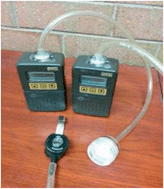 Issue 5
Issue 5